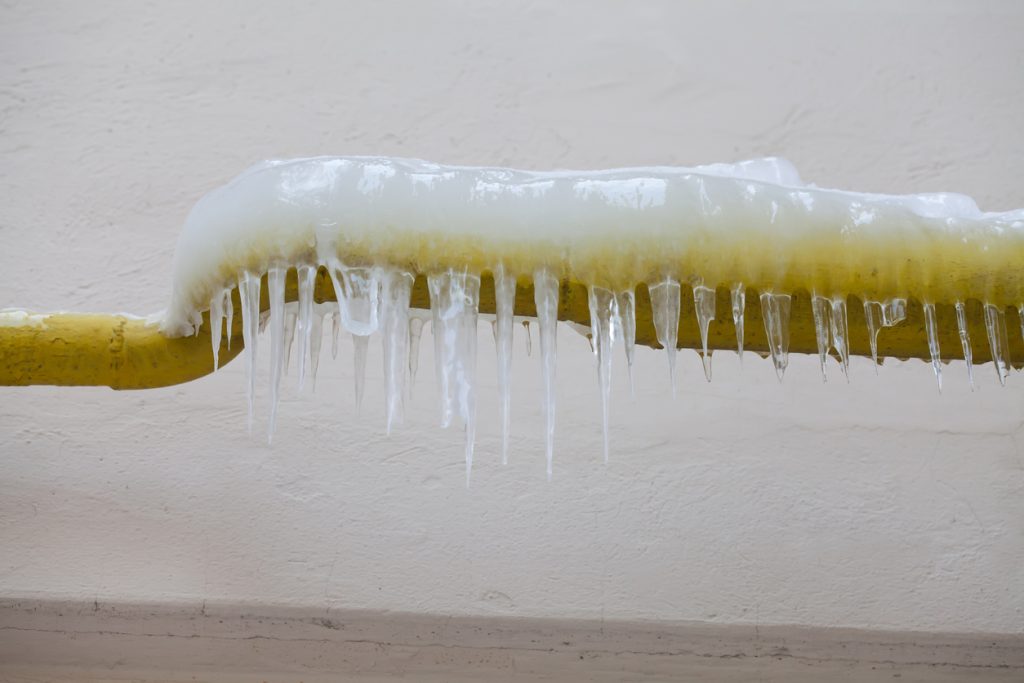Important Advice to Avoid Frozen Pipes in Cold Weather
Important Advice to Avoid Frozen Pipes in Cold Weather
Blog Article
We have come across this post involving Preventing and dealing with frozen pipes below on the internet and thought it made perfect sense to write about it with you on this site.

Winter can damage your pipes, specifically by freezing pipelines. Here's exactly how to prevent it from taking place and what to do if it does.
Intro
As temperatures drop, the danger of frozen pipelines rises, potentially causing pricey repairs and water damages. Recognizing just how to prevent frozen pipes is important for property owners in cool climates.
Prevention Tips
Shielding at risk pipes
Wrap pipelines in insulation sleeves or utilize heat tape to protect them from freezing temperature levels. Focus on pipelines in unheated or outside areas of the home.
Home heating strategies
Maintain interior areas effectively heated, specifically locations with plumbing. Open up cupboard doors to allow warm air to circulate around pipelines under sinks.
Just how to recognize icy pipelines
Look for reduced water circulation from faucets, unusual odors or noises from pipes, and visible frost on subjected pipes.
Long-Term Solutions
Structural modifications
Take into consideration rerouting pipelines far from exterior walls or unheated areas. Include additional insulation to attics, cellars, and crawl spaces.
Updating insulation
Invest in premium insulation for pipes, attic rooms, and wall surfaces. Proper insulation aids keep constant temperatures and lowers the danger of icy pipes.
Shielding Outdoor Plumbing
Garden hose pipes and exterior taps
Disconnect and drain yard hoses prior to winter season. Install frost-proof faucets or cover exterior faucets with insulated caps.
Comprehending Frozen Pipelines
What triggers pipelines to freeze?
Pipelines ice up when exposed to temperatures below 32 ° F (0 ° C) for expanded periods. As water inside the pipes freezes, it expands, putting pressure on the pipeline wall surfaces and potentially creating them to burst.
Risks and problems
Frozen pipes can cause water disturbances, residential or commercial property damages, and pricey repair work. Ruptured pipes can flooding homes and create considerable architectural damage.
Signs of Frozen Pipes
Determining icy pipes early can stop them from bursting.
What to Do If Your Pipes Freeze
Immediate actions to take
If you believe frozen pipelines, keep faucets open up to relieve stress as the ice melts. Make use of a hairdryer or towels taken in hot water to thaw pipes gradually.
Final thought
Protecting against icy pipes requires positive procedures and quick responses. By understanding the reasons, indications, and preventive measures, home owners can safeguard their pipes during winter.
5 Ways to Prevent Frozen Pipes
Drain Outdoor Faucets and Disconnect Hoses
First, close the shut-off valve that controls the flow of water in the pipe to your outdoor faucet. Then, head outside to disconnect and drain your hose and open the outdoor faucet to allow the water to completely drain out of the line. Turn off the faucet when done. Finally, head back to the shut-off valve and drain the remaining water inside the pipe into a bucket or container. Additionally, if you have a home irrigation system, you should consider hiring an expert to clear the system of water each year.
Insulate Pipes
One of the best and most cost-effective methods for preventing frozen water pipes is to wrap your pipes with insulation. This is especially important for areas in your home that aren’t exposed to heat, such as an attic. We suggest using foam sleeves, which can typically be found at your local hardware store.
Keep Heat Running at 65
Your pipes are located inside your walls, and the temperature there is much colder than the rest of the house. To prevent your pipes from freezing, The Insurance Information Institute suggests that you keep your home heated to at least 65 degrees, even when traveling. You may want to invest in smart devices that can keep an eye on the temperature in your home while you’re away.
Leave Water Dripping
Moving water — even a small trickle — can prevent ice from forming inside your pipes. When freezing temps are imminent, start a drip of water from all faucets that serve exposed pipes. Leaving a few faucets running will also help relieve pressure inside the pipes and help prevent a rupture if the water inside freezes.
Open Cupboard Doors
Warm your kitchen and bathroom pipes by opening cupboards and vanities. You should also leave your interior doors ajar to help warm air circulate evenly throughout your home.

I came across that entry about How to Prevent Your Pipes From Freezing while doing a lookup on the web. Do you know about another person who is truly interested in the subject? Be sure share it. Thank-you for your time spent reading it.
Request Free Estimate Report this page